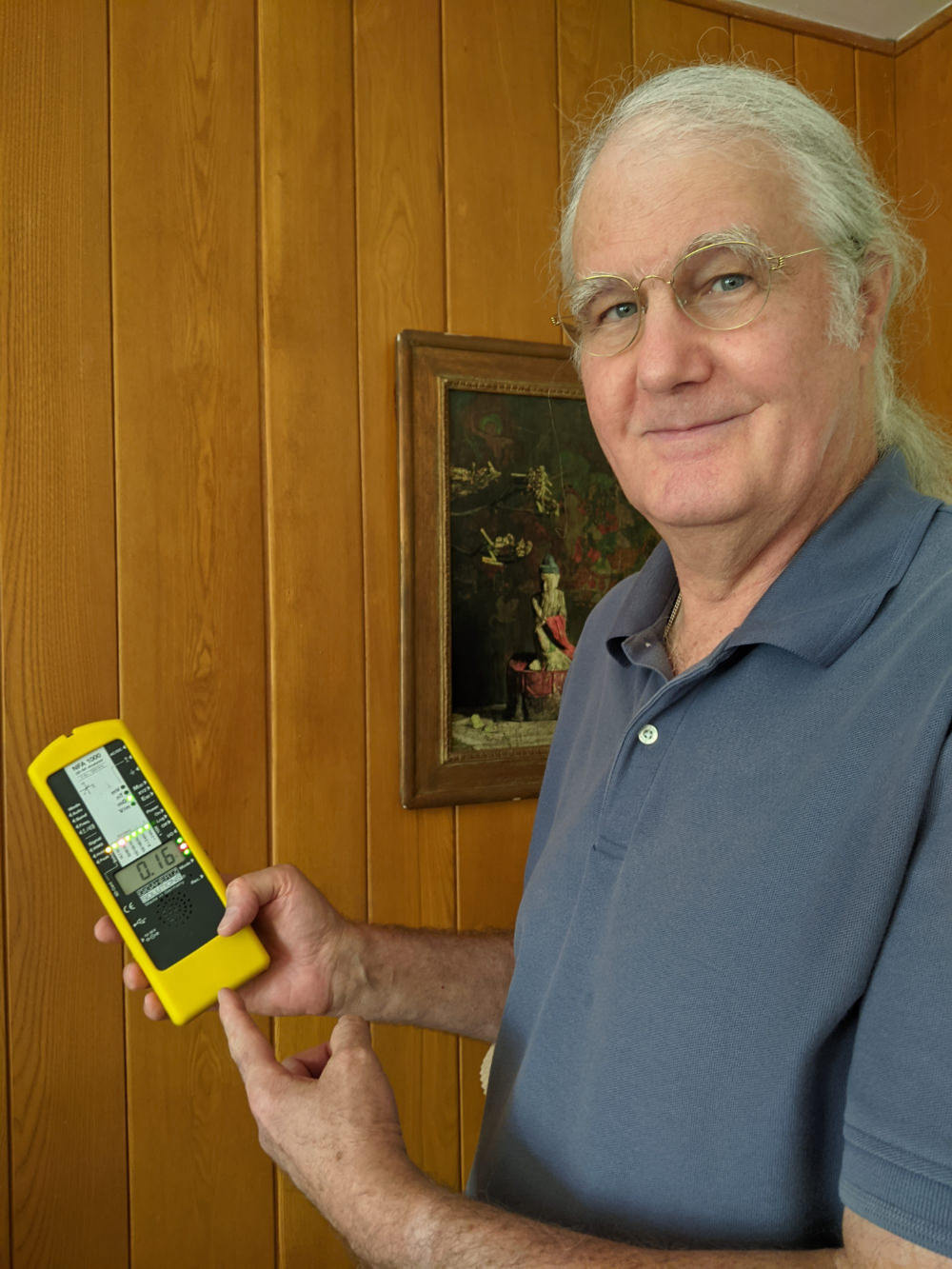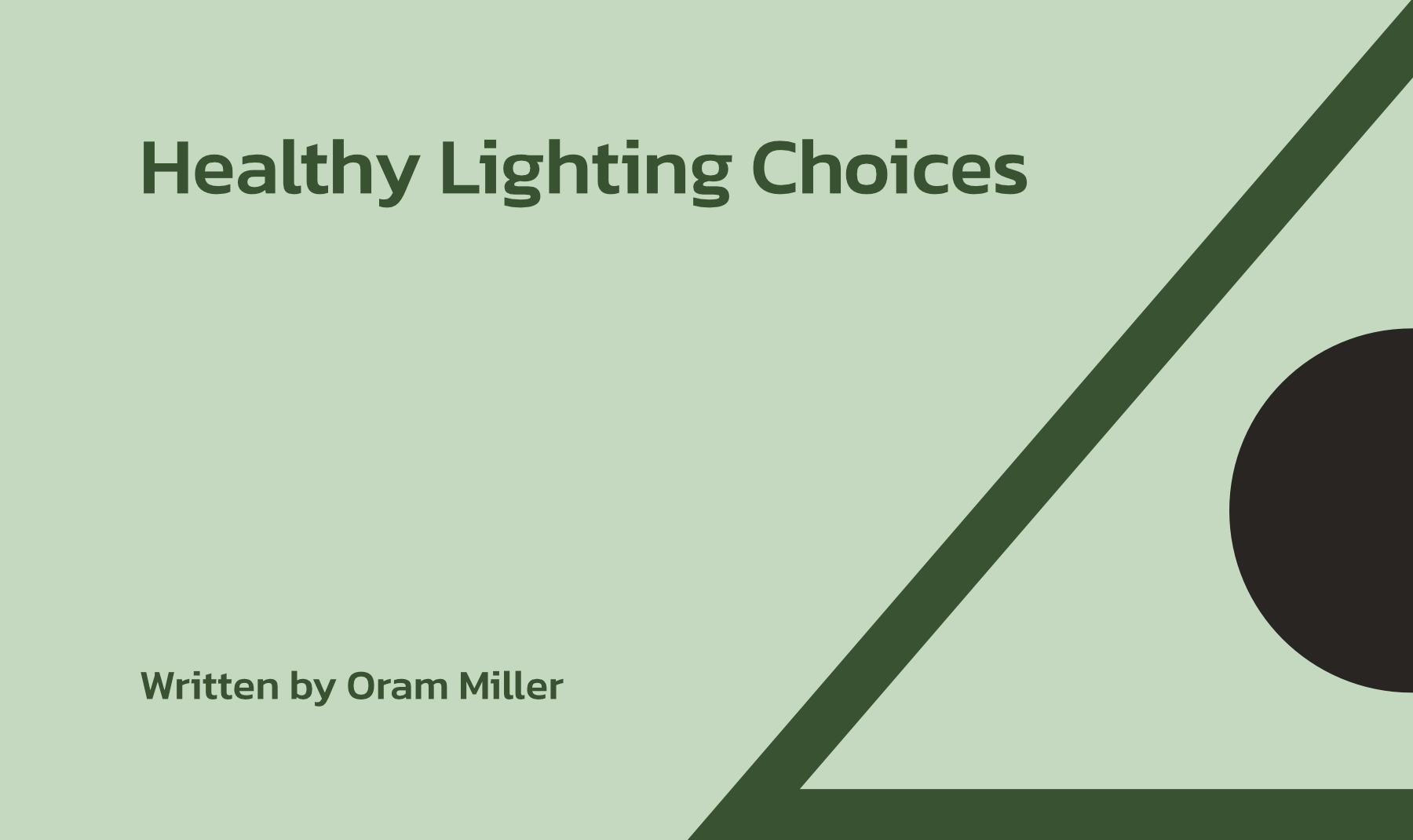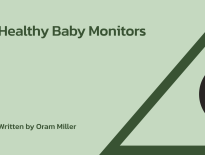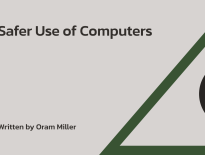Introduction
We recommend that you use incandescent light bulbs (preferably full spectrum) instead of compact fluorescent lamps (CFLs), wherever possible. Incandescent bulbs made with tungsten filaments are highly energy inefficient (90% of the electricity was wasted as heat for the decades that we used them), which is why they are no longer available in stores in California and in many parts of the U.S.
Tungsten filament incandescent light bulbs have been replaced by an array of highly energy efficient light bulbs including compact fluorescent lamps (CFLs), LEDs and incandescent light bulbs made with a halogen filament.
Each of these light bulbs has its pros and cons, besides cost and how much light they produce as well as the color spectrum. First of all, CFLs contain mercury, making them quite dangerous if they break. Download a PDF file on “Broken CFL Cleanup Guidelines” by clicking here. There are mercury-free CFLs on the market, but we still don’t recommend them because of the dirty electricity that all CFLs emit. See below. LEDs and halogens, on the other hand, have no mercury.
From an EMF standpoint, which is what we are interested in, the main concern we have is whether and how much any of the low energy replacement bulbs produce so-called “dirty electricity,” which is the one type of EMF produced by any bulb with what is called a “switched mode power supply.” Flicker is also a factor, which is present with LEDs, but not incandescent bulbs.
Dirty electricity is defined as the electric and magnetic field components of higher frequency voltage transients carried on building wiring and power cords plugged into outlets. These are frequencies above the frequency of electricity delivered to homes in North America, which is 60 Hz. 60 Hz is the frequency of alternating current (AC) electricity supplied by the power company and carried on the circuits in your house. Electricity that has been delivered to buildings for over one hundred years did not contain harmful dirty electricity in the early decades.
However, over the last many decades, we no longer have a completely clean electric grid due to the introduction of voltage transients of dirty electricity from many sources. These can include dimmer switches, compact fluorescent lamps (CFLs), solar panel inverters, power tools, pool pump motors, energy-efficient furnace motors, and other sources.
These higher frequency transients, and their harmonics, oscillate at a rate in the hundreds, thousands and tens of thousands of cycles per second (Hertz, or Hz). They ride along with the 60 Hz base frequency on electric circuits.
More importantly from a health standpoint, the magnetic and electric fields caused by these frequencies emit several feet into our rooms, radiating off circuits and AC power cords that are plugged in within six to eight feet of where we sit, sleep and stand. These fields affect us all on a cellular basis, manifesting as symptoms of ill health for some people. I discuss dirty electricity in more detail in a separate article, available by clicking here.
Lighting and Dirty Electricity
As far as lighting choices and dirty electricity is concerned, the reason that certain bulbs create dirty electricity is because these light bulbs do not operate at 120 Volts, and therefore they need a transformer to change that voltage. The transformer inside these bulbs is a chip-based version of the linear transformer used for electronic appliances, such as your cell phone charger, computer or television set. Linear transformers are big (three inches by three inches). They contain coils of wires placed inside the black plastic box plugged into an outlet, the so-called “wall wart,” or in the box in the middle of your laptop AC power cord. These transformers step 120 Volts down to 19 Volts for the laptop or even lower voltages for other electronic devices.
The base of a light bulb, however, is too small to house a big, wire-wound transformer. To change the voltage, manufacturers use small, chip-based transformers that fit into the base of these bulbs. These chip-based transformers are called “switching mode power supplies” because they change voltage, while a rectifier converts electricity from AC to DC, thereby switching the mode of the power because the bulb itself runs on low DC voltage. Many electronic device chargers are also now using switching mode power supplies instead of heavier wire-wound transformers.
The problem with switching mode power supplies is that they reduce voltage and convert from AC to DC by squaring off the sine wave of 60 Hz AC electricity, thereby producing higher frequency voltage transients, causing dirty electricity as a side effect. Switching mode power supplies in fact transform electricity best at higher frequencies.
Magnetic and electric fields from these higher frequencies and their harmonics then radiate into rooms off circuits in your walls running throughout the house and from AC power cords that you plug into outlets. These transients even travel upstream on power lines from dimmer switches, CFLs, solar panel inverters and other sources of dirty electricity to the neighborhood transformer from your neighbors’ homes, and then flow down into other neighbors’ homes (including your’s) on their electrical wiring.
Some say just plug filters into various outlets around the house to control dirty electricity. We recommend first removing and replacing sources of dirty electricity wherever possible, and then use filters for what comes in from outside the house, if the readings are still above 50 Units or so as measured on a Stetzer, Greenwave or Satic plug-in meter.
As for lighting, as mentioned above, some energy-efficient bulbs cause dirty electricity, and some do not. In general, halogen incandescent light bulbs, still available in most parts of the country (but no longer in California) can be used as replacement bulbs for the tungsten filament light bulbs we have used for over a century. Halogen incandescent bulbs are completely clean because they run straight off 120 Volts and have no switched mode power supply in them.
You can still purchase halogen incandescent bulbs at grocery and hardware stores throughout the U.S., although, as stated above, not in California. The halogen incandescent light bulbs sold by GE say, “Uses 28% less energy” at the top of the package. In the middle of the package, they say, “Incandescent bulb”, and at the bottom, you will see the words, “Halogen Bulbs”. See them by clicking here.
You can purchase them at grocery stores (outside California), or from Amazon by clicking here (although Amazon will not sell them to California addresses). This link is for a Reveal version of halogen bulbs, meaning it has a light spectrum more like that of the sun.
Use these bulbs wherever you previously used tungsten incandescent light bulbs. They screw into what is called an Edison light bulb socket, into which we have put our tungsten filament incandescent light bulbs all these years.
If you live in California, we cannot buy them at local stores and Amazon, for instance, will not ship them to California addresses. Some California clients have arranged for friends who are out of state to send incandescent light bulbs to them, although this may violate California state law.
Here is a retailer with a number of incandescent light bulbs that they will still ship to California addresses. This list is supplied by Building Biology student Ron Frazier in Georgia. Ron has given me permission to share these links that he found and his comments:
List of traditional light bulbs
Ron states: “I was browsing through the Regency lighting products website. I set the filters (on the ordering web page) to show incandescent light bulbs over 50 Watts that you can buy in California. I only found 11 excluding the oddly shaped and colored ones, etc. (Only two incandescent lamps from Ron’s original list remain available, but I have added new choices that are now available–Oram) Other dealers may have different stock.
Here is a list of incandescent light bulbs that Recency appears to still be able to send to California customers and to customers in other states, along with comparisons by Ron of some of these bulbs to traditional 60 Watt and 100 Watt incandescent bulbs (Ron says, “For reference, a traditional 60 Watt bulb puts out 800 lumens. A traditional 100 Watt bulb puts out 1600 lumens”). Some of these choices are not available to California customers. This list is current as of May 27, 2024:
- 100 WATT A19 INCANDESCENT LAMP – WARM WHITE (2400K) – E26 (MEDIUM) – SATCO – 100A19 /SL/130V [S3956] 960 Lumens – 100 CRI – Dimmable – Universal Burn Position – 1,500 Hours – 100W – 120 to 130V – Clear Silver Bowl
- 100 WATT A21 INCANDESCENT LAMP – E26 (MEDIUM) – HALCO – 100A21/FR/SB 130V [101190H] 800 Lumens – 100 CRI – Dimmable – Universal Burn Position – 5,000 Hours – 100W – 120 to 130V – Frost Silver Bowl
- 100 WATT A19 INCANDESCENT LAMP – WARM WHITE (2850K) – E26 (MEDIUM) – SYLVANIA – 100A/RS/1/RP/130V [12998] 1,260 Lumens – 100 CRI – Dimmable – Universal Burn Position – 1,000 Hours – 100W – 120 to 130V – Frost
- 116 WATT A21 INCANDESCENT LAMP – WARM WHITE (2850K) – E26 (MEDIUM) – SYLVANIA – 116A21/TS/130 [12817] 1,260 Lumens – 100 CRI – Dimmable – Universal Burn Position – 8,000 Hours – 116W – 120 to 130V – Clear
- 116 WATT A21 INCANDESCENT LAMP – E26 (MEDIUM) – PHILIPS – 116A21/TS 130V [224857] 1,260 Lumens – 100 CRI – Dimmable – Universal Burn Position – 8,000 Hours – 116W – 120 to 130V – Clear
- 135 WATT A21 INCANDESCENT LAMP – WARM WHITE (2850K) – E26 (MEDIUM) – SYLVANIA – 135A21/TS/8M/SS125 [12843] 1,750 Lumens – 100 CRI – Dimmable – Universal Burn Position – 8,000 Hours – 135W – 120 to 130V – Clear
- 69 WATT A21 INCANDESCENT LAMP – WARM WHITE (2850K) – E26 (MEDIUM) – SYLVANIA – 69A21/TS/8M130 [12498] 640 Lumens – 100 CRI – Dimmable – Universal Burn Position – 8,000 Hours – 69W – 120 to 130V – Clear
- 69 WATT A21 INCANDESCENT LAMP – E26 (MEDIUM) – PHILIPS – 69A21/TS 130V [222042] 660 Lumens – 100 CRI – Dimmable – Universal Burn Position – 8,000 Hours – 69W – 120 to 130V – Clear
- 100W A21 INCANDESCENT LAMP – E26 (MEDIUM) – DAMAR – 100A21TS 130V [23068B] 1260L (Lumens) – 100 CRI – Dimmable – Universal Burn Position – 2,500 Hours – 100W – 120 to 130V – Clear (Not for sale in California)
- 100 WATT A19 INCANDESCENT LAMP – E26 (MEDIUM) – NORMAN – PFA-100ARS 100 CRI – Dimmable – Universal Burn Position – 10,000 Hours – 100W – 120 to 130V – Frost (Not for sale in California)
- 100 WATT A21 INCANDESCENT LAMP – WARM WHITE (2850K) – E26 (MEDIUM) – SYLVANIA – 100A21/277V [13397] 1,040 Lumens – 100 CRI – Dimmable – Universal Burn Position – 1,000 Hours – 100W – 277V – Frost (Not for sale in California)
- 100 WATT A19 INCANDESCENT LAMP – WARM WHITE (2850K) – E26 (MEDIUM) – SYLVANIA – 100A/RS/2/RP/120V [13002] 1,260 Lumens – 100 CRI – Dimmable – Universal Burn Position – 1,000 Hours – 100W – 120 to 130V – Frost (Not for sale in California)
- 50/100/150 WATT 3-WAY INCANDESCENT LAMP – WARM WHITE (2850K) – E26 (3 CONTACT ALUMINUM) – SYLVANIA – 50/150A/W/RP120 [18060] 640L, 1570L, 2210L Lumens – 100 CRI – Dimmable – Universal Burn Position – 1,200 Hours – 50/100/150W – 120 to 130V – Soft White (Not for sale in California or Washington state)
- 60W A19 INCANDESCENT LAMP – E27 (MEDIUM) – DAMAR – 02789A [02789A] 100 CRI – 360 Degree Beam Angle – Dimmable – Universal Burn Position – 1,000 Hours – 60W – 230V – Frost (Not for sale in California)
(End of Ron’s list)
To read an article on Regency’s website with a “state by state look at light bulb bans”, including information on national bans that went into effect in May 2022 and on August 1, 2023, click here.
To read the portion of that state by state light bulb ban article with information on restrictions on the sale of light bulbs in the state of California, click here.
To read a list of Regency Lighting’s incandescent bulbs sold in California, click here.
There are other halogen light fixtures that do produce a significant amount of dirty electricity. These are generally fixtures that have what we call, “drivers,” which are a type of transformer. These halogen light fixtures are usually custom installed by an electrician, such as under counter lighting or overhead can lighting in ceilings. These overhead can fixtures can contain halogen spot light bulbs, particularly the kind that push into the fixture rather than screw in.
As for LEDs, some can be screwed into an Edison light socket while others come in strip lighting or have pins at their base that have to be pushed into a socket. If an LED bulb has a switching mode power supply, it can produce dirty electricity, although, not always. Newer LED bulbs tend to be cleaner as far as we can tell.
How to Test for Dirty Electricity in LED and Other Light Bulbs As Well As in Dimmer Switches
You can purchase a dirty electricity meter and test LED, halogen and CFL light bulbs for yourself as follows: Purchase a Stetzer microsurge tester (High Frequency Pollution Meter) from LessEMF in New York for $99 (Catalogue #A803-NA; 888-537-7363; order by clicking here). Or purchase a Greenwave EMI (Electromagnetic Interference) Meter for $149 from Greenwave (measures higher amounts of dirty electricity than Stetzer meter, has sound, gives percentage of reduction when you plug in a Greenwave filter). Order by clicking here.
To use one of these meters to measure dirty electricity in LED, CFL or any other energy-efficient light bulb, screw the bulb into a lamp and plug the lamp into an extension cord. Turn off the lamp.
Next plug the Stetzer microsurge or Greenwave EMI tester into the same extension cord that you plug the lamp into. Measure the baseline dirty electricity level on the circuit you are plugged into before turning on the bulb in the lamp (hopefully it is relatively low, such as below 100-200 Units). Then turn on the lamp and see if the measurement of dirty electricity increases or not. If not, the bulb is clean and you can go ahead and use it.
If, on the other hand, the level does increase by more than a few units or if you are electrically sensitive and you feel worse when the bulb is on even if the reading does not increase, we would not recommend that you use that brand of light bulb or fixture.
You can test for dirty electricity on dimmer switches similarly by having an electrician hardwire a proposed dimmer switch to an incandescent light bulb and outlet. Plug the Stetzer or Greenwave tester into the outlet, get a baseline dirty electricity level, then turn on the incandescent light bulb with the dimmer and see if the dirty electricity level on the plugged-in meter goes up or not.
You cannot use this apparatus to test LED fixtures, including one-piece ceiling light fixtures installed by electricians. This method only works for LEDs or any other bulbs you want to test that screw into a regular Edison light bulb socket.
However, you can have your electrician hardwire a bulb holder that accepts an overhead LED light one-piece light fixture that you choose to have him install. Then you can test various low voltage overhead can light fixtures for dirty electricity, using your EMI plug-in meter.
If you measure a high baseline, ambient dirty electricity level on your plug-in meter before testing on the circuit on the job site that provides power to the light fixtures you are testing, you can tamp down that ambient dirty electricity level by purchasing a one-to-one transformer that an electrician would hardwire into the circuit where you are testing light fixtures. Purchase a Hammond 171A Isolation Transformer, rated at 1 Amp max, for $148 from Amazon by clicking here.
California’s new Title 24 energy-saving protocol requires use of push-in low-energy fixtures in many parts of a new or remodeled house, so you will have to elicit the help of your electrician to hardwire the fixtures being proposed for the construction or remodel job, if you are in that process. If you have a similar building code in your state, you will have to elicit the help of your electrician to do the same where you are.
I do know that the Ecosmart brand LEDs sold at Home Depot are clean, at least the 40 Watt equivalent bulbs I tested, as are the GE Energy Smart brand LED bulbs, at least their 60 Watt equivalent bulbs. There are many LED bulbs on the market. Use this method to test the ones you want to use.
For under-cabinet lighting, you can purchase fixtures that contain longer incandescent bulbs, similar to piano lights. These have no magnetic or radio frequency fields because they have no drivers or ballasts (transformers). You can also use LED strip lighting, which is usually clean (although, please note the mention about flicker in the preceding paragraph).
LED Choices with Low or No Flicker
Finally, the only remaining problem with LEDs is there are reports that flicker is present, as with CFLs. This bothers certain people and is not healthy for the rest of us. If this is of concern to you, you have a few choices. First, you can stick with incandescent bulbs, if they are allowed.
You can also look into flicker-free, or flicker-reduced, LED bulbs with an Edison base or ceiling can lighting fixtures. Here is a list of resources for these types of LEDs:
Here are a few choices of reportedly flicker-free LED recessed can light fixtures and Edison-base screw-in light bulbs:
- Block Blue Light BioLight Full Spectrum Retro For Recessed Light — for 6″ Cans
- Block Blue Light BioLight Recessed Light — Full Spectrum Light
- Waveform Lighting Centric Home Flicker-free A19 and A21 LED bulbs, Centric Home Full Spectrum Flicker-free A19 LED bulbs, other choices
- HealthyHome 4″ Recessed Circadian Recessed Ceiling Light
- Colorbeam Lighting — High-end low dirty electricity EMFs and low flicker integrated central lighting solutions
Other than Colorbeam, I have not confirmed either the lack of presence of flicker nor the dirty electricity EMF levels of the lighting choices that I link to above. You will need to test both of those parameters for yourself using the flicker meter I suggest below (or one that you own) and the dirty electricity-testing protocol that I mentioned above.
Colorbeam is a high-end healthy lighting option that focuses on providing a color palette that matches the spectrum of light produced by the sun at various times of the day. That spectrum changes as the day progresses from dawn to dusk and into the evening. Colorbeam’s technicians work with your lighting contractor to provide a turn-key installation, complete with light sources and management technology. Their integrated systems are intended to match seamlessly with your Lutron, Crestron or Control4 central lighting control system. We would interface with your Lutron, Crestron or Control4 lighting control contractor to make sure that their components are low in EMFs.
However, all of Colorbeam’s lighting technology has been thoroughly tested to be low in EMFs and flicker by building biologist Brian Johnson of Synergy 360 in Tucson, Arizona. See Brian’s Instagram report on his EMF testing of Colorbeam lighting.
You can purchase a LightBee brand LED flicker/light noise detector to measure flicker for yourself by clicking here.

BBEC, EMRS, Certified Building Biology™ Environmental Consultant and Electromagnetic Radiation Specialist and Healthy New Building and Remodeling Consultant. Providing On-Site EMF Evaluations for Existing and New Homes and Offices in Los Angeles, Orange, Ventura, Riverside and San Diego Counties and Nationwide by Telephone and Skype. Based upon the principles of Building Biology™.






